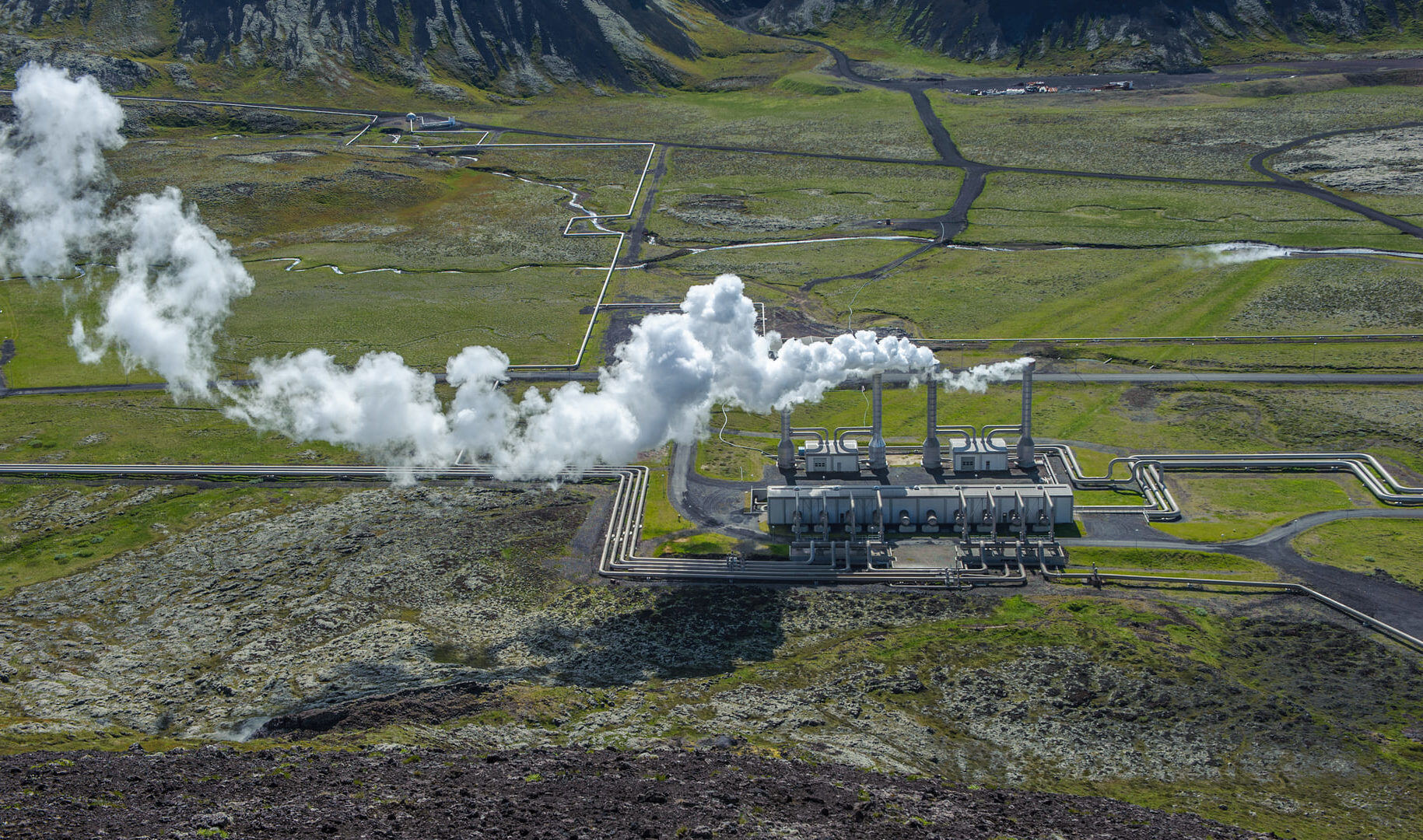04.03.2022
Moving to Net Zero

Data has become increasingly central to life in the 2020s, a trend exacerbated by the lockdowns of the past year, which pushed work, shopping, schooling and entertainment online. As a result, data centres are going from strength to strength.
But the strong growth of the sector just reinforces how much energy it uses – and its growing contribution to global greenhouse gas emissions. The IT industry is responsible for close to 4% of global emissions.
In the wake of the COP26 climate talks, a growing number of companies are committing to become Net Zero, not just in their own operations but in their supply chains as well – and that includes their IT and data centres.
For most companies, data centres come under Scope 3 emissions – those that fall outside the direct responsibility of the company – and they will increasingly be looking to their suppliers to play their part in reducing their carbon footprint and asking them to demonstrate what they are doing. That means data centres will face growing demands to manage their emissions, measure what they are doing and report on that to customers and regulators.
A report from the Uptime Institute points out that advances in chip technology will make large data centre operators more energy efficient, but data centres and their customers will still be in the spotlight for their energy consumption as the Net Zero agenda moves from aspiration to implementation.
According to Uptime, “to date, most of the commitments on climate change made by the industry have been voluntary. This has allowed a certain laxity in the definitions, targets and terminology used — and in the level of scrutiny applied. But these are all set to be tested: reporting requirements will increasingly become mandatory, either by law or because of commercial pressures. Failure to publish data or meet targets will carry penalties or have other negative consequences.”
More regulation, led by the EU’s beefed up Energy Efficiency Directive, will demand much more detailed and transparent reporting. But there is some resistance to the changes that are coming.
Many cloud suppliers and colocation providers are already highly energy efficient and claim to use significant amounts of renewable energy, as well as providing lots of energy data for clients. They will struggle to make significant further improvements, they argue, not least because clients are also demanding more resilience – and that requires more energy use.
Nor do they want to have to disclose more information about their energy and water use, and emissions, at a site level or related to specific applications.
“For operators in each part of the critical digital infrastructure sector, there may be some difficult decisions and trade-offs to make. Cloud companies, enterprises and colocation companies all want to halt climate change, but each has its own perspective and interests to protect,” Uptime points out.
Nonetheless, regulators – and voluntary initiatives such as the Science Based Targets initiative – will expect to see annual improvements in efficiency or lower emissions, and data centres will find it difficult to argue that they should be exempt from requirements that every sector of the economy is facing.
To take control of this challenge, the sector first needs to agree on what constitutes IT efficiency. This is a challenge because energy use and efficiency vary from application to application. The industry fears regulators will fail to understand the intricacies of energy efficiency in data centres, but also the consequences of having to reveal what they see as commercially confidential information about their energy and water consumption.
Much of the low-hanging fruit in cutting data centre energy consumption has already been picked, so the industry faces a struggle to make the further improvements that Net Zero targets require. At the same time, their natural inclination to guard their performance information zealously is coming up against a new era of transparency. As the digital economy grows, data centre emissions are set to soar, and everyone will see that. The answer will be for data centres to site themselves in locations where renewable energy is plentiful, the grid is resilient and power costs are low and predictable.
Iceland’s geothermal and hydropower-dominated energy mix, for example, allows data centres to fix prices for the long term and not worry about the sustainability of its energy mix.
The increased scrutiny and pressure to decarbonize data centres may be unwelcome to many in the sector, but it is not going away and it must be tackled head on.

